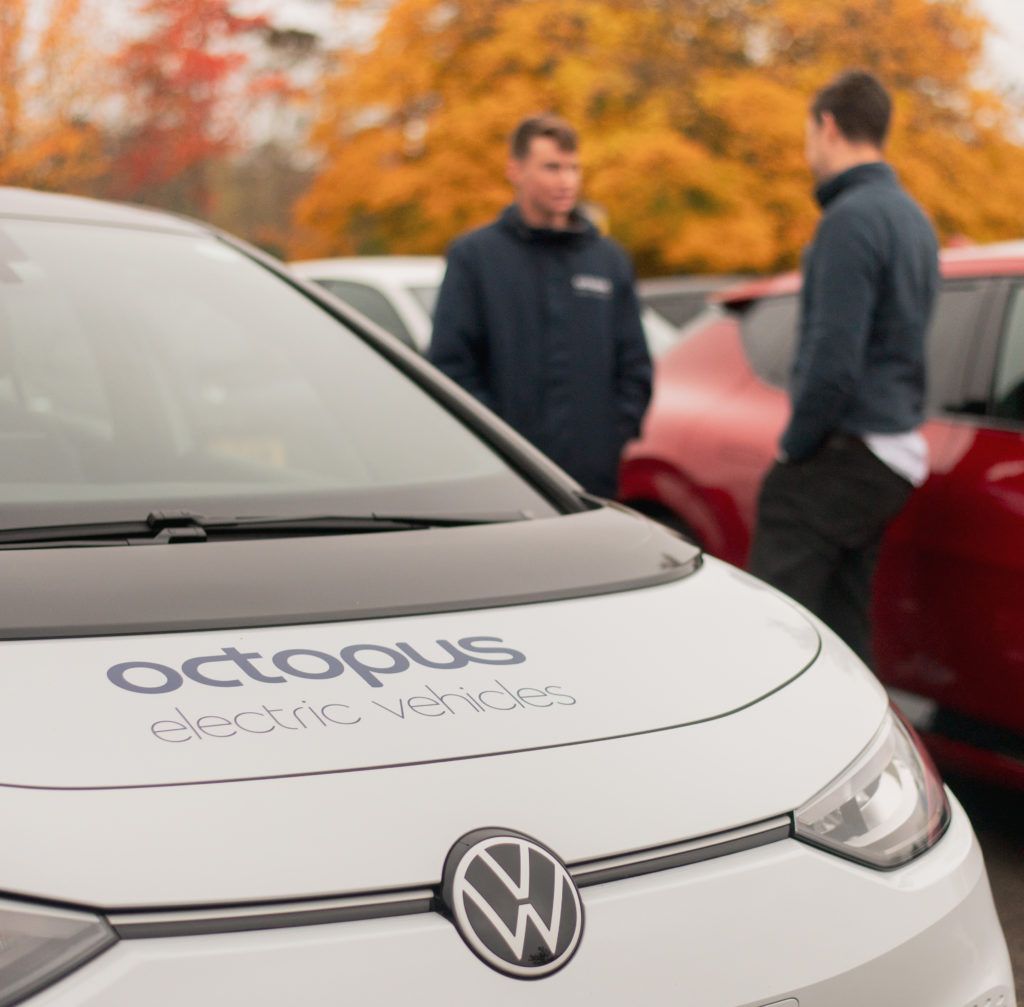Availability of vital components used in electric vehicles has improved in the last quarter according to the latest Advanced Propulsion Centre (APC) data, which uses insight gained from APC’s role between the automotive industry and government.
2027 is an important milestone because this is when the final stage of the Rules of Origin, from the Trade and Cooperation Agreement with the EU, come into force.
Those rules state that 55% of the value of a vehicle and 65% of a battery cell (again, value not volume) must be ‘local’ in order for the vehicle to NOT attract tariffs – meaning localising supply in the UK and Europe becomes even more important for vehicle manufacturers where margins are tight.
As the CAM makes up such a significant part of the vehicle value add, it virtually forces the need for local CAM supply.
Other key facts that come out in the APC demand data include:
- UK BEV production in 2030 will be 3x 2025 levels
- battery demand will be 16x higher in 2030 than it as in 2020 which will have a huge impact on critical materials
- 78% of UK manufactured cars and vans will be BEV by 2030
- a third of world demand for batteries in 2030 will come from Europe
- in the theoretical scenario that 100% vehicles were BEV by 2030 there is still opportunity for gigafactory investment.
The Advanced Propulsion Centre is the organisation tasked by the UK government and automotive industry to accelerate the transition to low-carbon transport solutions. They use their unique insight, gained from working closely with the global automotive industry to provide insight and forecasting to support government with strategic policy decisions and also to provide clarity to the industry about the projected demand, product and technology roadmaps.
Dave OudeNijeweme, Head of Technology Trends, said: “Our analysis shows that assuming all the proposed gigafactories are built to the assumed size and timescales, Europe might be self-sufficient for cell manufacturing around 2025.
“However, a far less reported area is the potential deficit of the high value-add material that make up batteries. Our analysis shows that real pinch points might occur around anode, cathode, separators and foils in Europe by 2025, with anode active materials largely imported from Asia.
“That said, while Johnson Matthey announced they were exiting the batteries business, South Korean cathode active material [CAM] players Posco and EcoPro have announced very large investments in Europe to supply cell manufacturers such as Samsung, LG and SK.
“Their announcements of 70 kilotonnes and 108 kilotonnes respectively is a significant step towards Europe being self-sufficient by 2027.
“Until that point, we believe that most OEMs can achieve the minimum of 40 and 45% now and from 2024 respectively. We predict that there still will be a gap of at least 150 kilotonnes of CAM materials (equivalent to the battery materials needed for approximately 150,000 vehicles using 70kWh battery packs), which might pose a significant issue for those cell manufactures and OEMs who have not managed to localise enough of their supply chains.”
Image: Shutterstock








